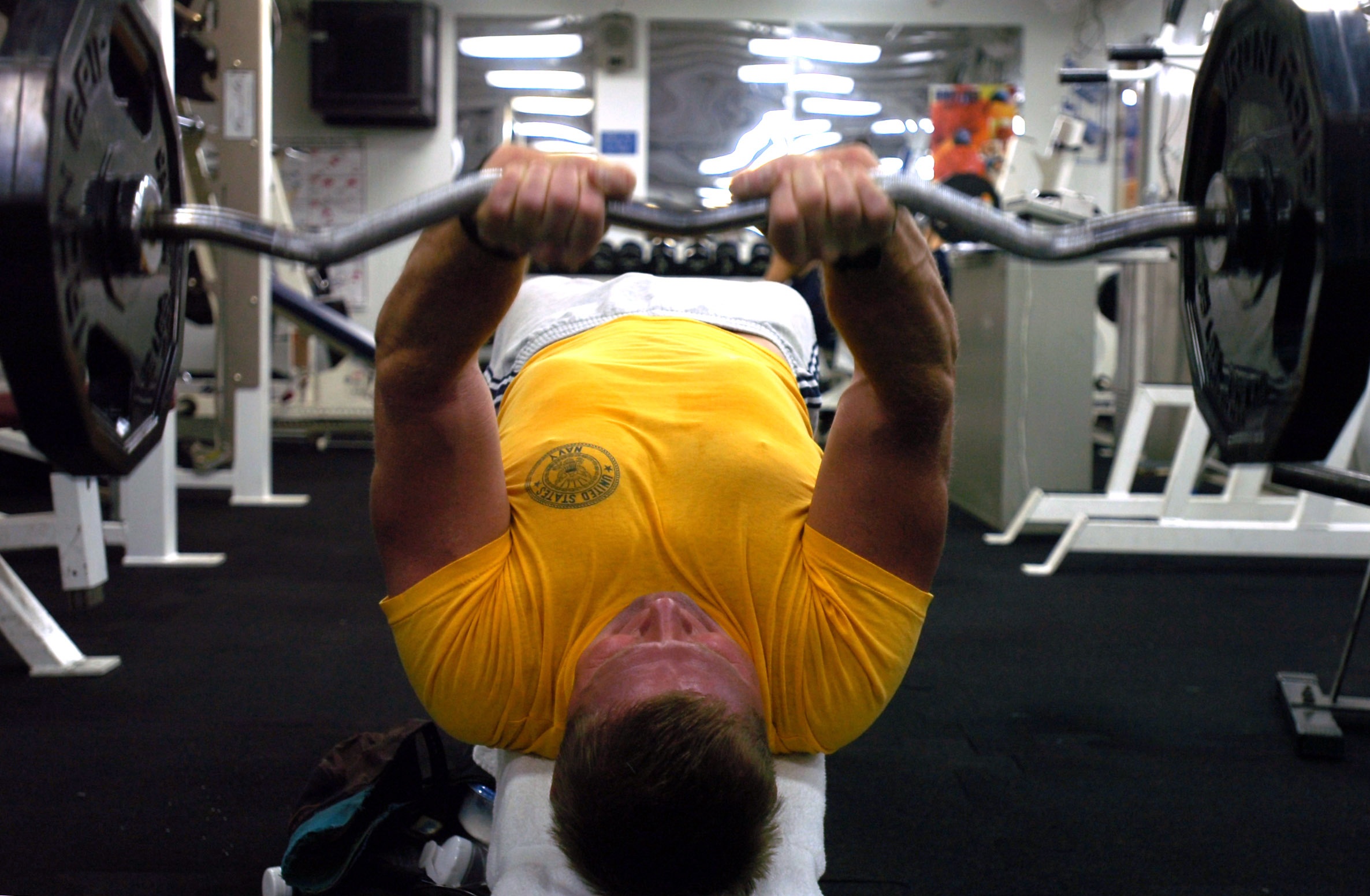Hamstring injuries are the bane of sprinting athletes. This is true in almost every sport that requires athletes to sprint. Not only are these injuries disabling, but once you suffer them you are more susceptible to suffering them again. There have been a lot of theories of what causes these injuries; everything from running mechanics, to flexibility, to strength imbalances, to strength levels.
Today the thinking is that it has to due with the eccentric strength of the hamstrings. Guex et al performed a study looking at 20 national-level sprinters. In their study, one group performed their normal training and strength training. The second group performed six weeks of additional eccentric strength training (two exercises performed twice a week). The eccentric exercises were lowering the weight during the lying leg curl (called eccentric knee extension) and performing resisted standing straight-leg hip flexions. This study was performed for the six weeks during the athlete’s general preparation program.
Results:
- Concentric hamstring strength increased from .5% to 2% for the control group, it increased from almost 8% to 15% for the eccentric training group.
- Eccentric hamstring strength increased approximately 5% for the control group, 18-20% for the hamstring training group.
- Quadriceps strength increased by 3 to 7% for the control group, by 4 to 7% for the eccentric training group.
- The hamstring:quadriceps strength ratio increased by .8% to almost 4% for the control group, by almost 3% to 11% for the eccentric training group.
In other words, the group that added a regular eccentric strength training component got stronger than the group that did not incorporate this. This is true of all the strength training measures regardless of the angle at which the measure was taken except the quadriceps at 240 degrees, which resulted in an almost identical increase for both groups.
While all the testing went in the right direction, it is unclear if this means there will be fewer hamstring injuries, the only thing we know for sure is that the tests improved. It would be a stretch to make the claim that this is going to result in fewer injuries without also having that data to examine.
Personally, I think that eccentric hamstring strength is very important in hamstring injury prevention, especially those injuries associated with sprinting. This is why I always incorporate a healthy dosage of Romanian deadlifts, good mornings, hyperextensions, reverse hyperextensions, marching drills, inchworms, and crabwalks into a strength and conditioning program.
As a field, strength and conditioning has become very focused on testing with an eye towards preventing injuries (i.e. the FMS and its derivations), prehab to prevent injuries, and training designed to prevent imbalances that might cause injuries. With all that said, it’s unclear if this is working. For example, Ekstrand et al report that the injury rate in elite soccer increased by almost 4% per year in the 13 years between 2001 and 2014. This is a 13-year period that aligns well with the evolution of the strength and conditioning field towards injury prevention.
References:
Ekstrand, J., Walden, M., and Hagglund, M. (2016). Hamstring injuries have increased by 4% annually in men’s professional football, since 2001: a 13-year longitudinal analysis of UEFA Elite Club injury study. British Journal of Sports Medicine, 50, 744-750.
Guex, K.J., Lugrin, V., Borloz, S., and Millet, G.P. (2016). Influence on strength and flexibility of a swing phase-specific hamstring eccentric program in sprinters’ general preparation. Journal of Strength and Conditioning Research, 30(2), 525-532.




